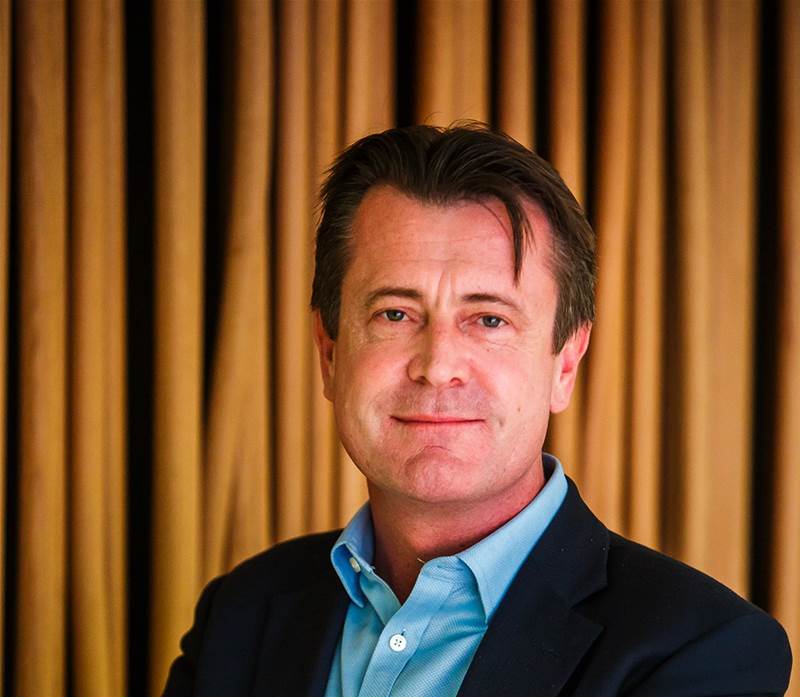Asia Pacific is likely to have between 400 million and 430 million 5G subscribers by 2025, according to GSMA, the mobile network operators’ association.
Talking with iTnews Asia, during the recent GSMA Mobile 360 Asia Pacific conference in Singapore, Julian Gorman, GSMA’s head of Asia Pacific, said globally there will be 1 billion 5G subscribers by the end of this year and by 2025 around 25 percent of mobile phone subscribers, globally, will be on 5G networks.
Gorman noted that compared to 4G which took seven years (2008-2015) to get to 10 percent penetration, 5G adoption rates are much faster.
He added that while marketing and government forces push countries to launch 5G networks, the “actual innovation that network brings is not about a race to launch”.
“The innovation is about preparing an ecosystem in 4G so that when 5G comes along, you have a trajectory to take advantage of that”.
It is also about getting the economy digitised and developing a vibrant and sustainable ecosystem that allows (mobile) innovation to happen, that will move the ecosystem forward, Gorman said.
He added that GSMA “is very encouraged with how Singapore has been very active in its efforts to nurture the ecosystem” with innovation in a variety of fields.
In this context, he said SingTel’s standalone 5G network with 95 percent coverage is a “major achievement” as standalone networks are “game changers” in terms of ushering in innovation.
Formula One
Explaining why the ecosystem was important, Gorman said 5G is a bit like what Formula One racing is to the automotive industry.
Many things were first introduced by automobile manufacturers in Formula One cars which didn’t have immediate practical applications or business cases in the commercial automotive sector but they eventually trickled down to mass manufacturing, Gorman said.
“In 5G, I've seen examples of industrialised 5G boxes, and then they trickle down to what looks like a wi-fi router. So this is the heavy-duty box you use in a mining environment and here's the one that you can use in your office or at home, but the performance characteristics delivered by both will be the same,” Gorman said.
He noted that in terms of technical performance, wi-fi is a public spectrum and “it’s exposed to the vagaries of interference”, and 4G does not have the network performance controls that 5G has.
In industries where latency is of paramount importance, 5G is a “game changer”, Gorman said.
He gave the example of Singapore’s Changi airport: "they have tried using wi-fi and 4G, for their autonomous vehicles”.
However, he added, “when it comes to occupational health and safety… the reliability of the connection” was an issue with the existing connectivity solutions.
Performance benefit
Gorman said 5G can address that and “there is a technology performance benefit”.
He, however, added that from a business case perspective, while 5G certainly brings in a performance improvement, “what is the (business) value of that performance benefits”?
“If you are a factory where 10 percent of the workers’ time is spent idling or having a smoke, would introducing 5G significantly change performance efficiency?” he adds.
Going back to the point he originally made about developing an ecosystem, Gorman said 5G's business case will be based on a “cycle of maturity”.
He added that there are already many use cases in ports, airports and smart factories, where the performance is measured in seconds and “you know even a one to five percent improvement makes a significant economic difference”.
Part of the challenge, Gorman said was turning pilot projects using 5G into “scalable off-the-shelf” products.
“When we are talking about large-scale factories and airports, the innovation brought about by 5G is happening now.
“But they're also incredibly complex environments… it's not just mobilising something, it's not just giving somebody something, there is a lot of processes, there's a lot of systems to be integrated into the backend to take the benefit of high speed, low latency bandwidth,” he said.
Gorman added that 5G will have to be part of a portfolio which includes things like artificial intelligence (AI), big data, augmented reality (AR) and virtual reality (VR) technologies.
“The challenge is to bring all these things - moving vehicles, planes, and people - and a lot of stakeholders together,” Gorman said.
It's hard to do all at once and so there is a need to do it in a gradual trickle-down manner, he added.
“I think we'll start to see like champion (use) cases emerge over the next year or so in 5G… and then it won't be many years before, you know, in any modern airport your experience would be very 5G-dependent,” Gorman said.










